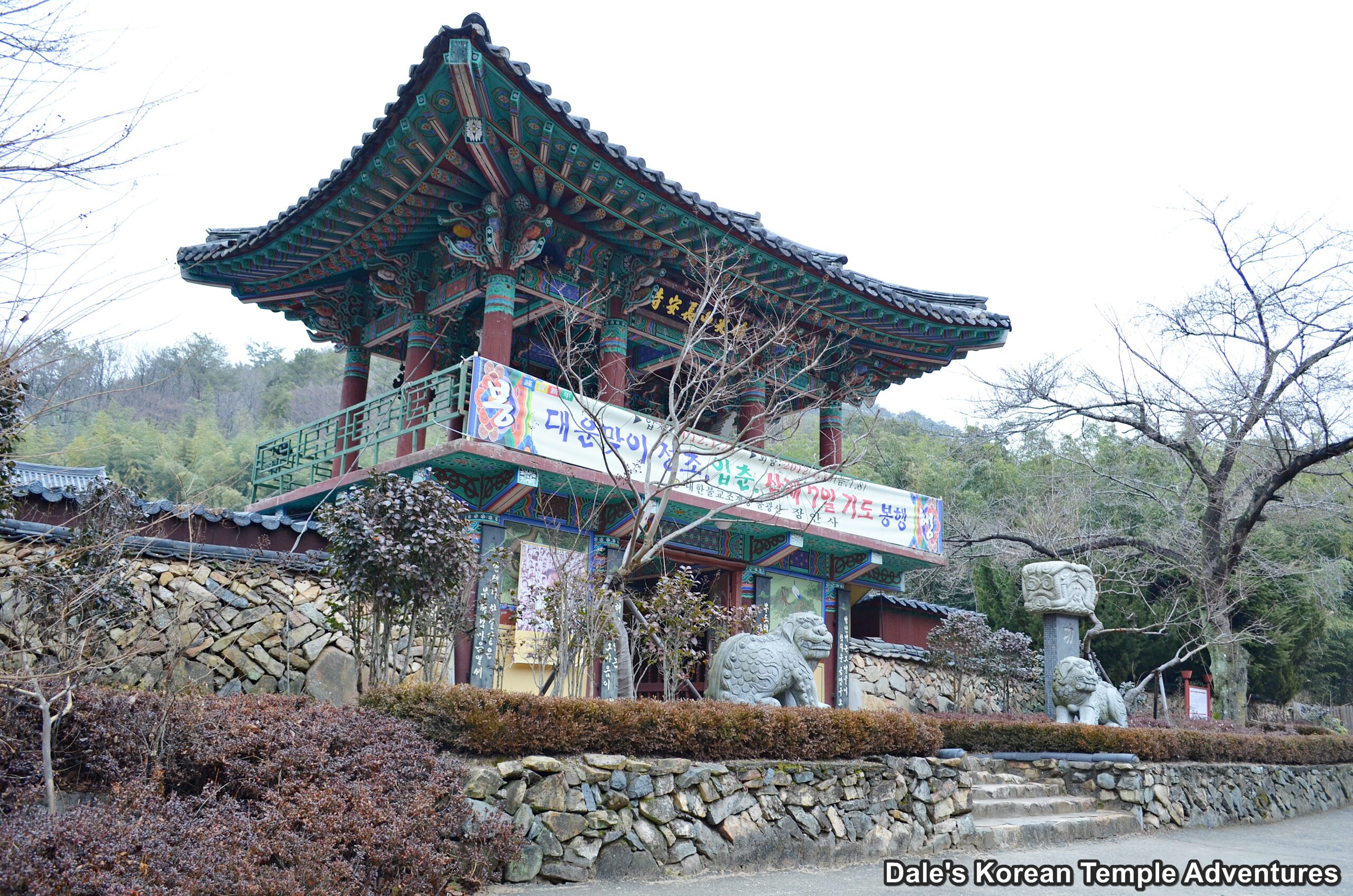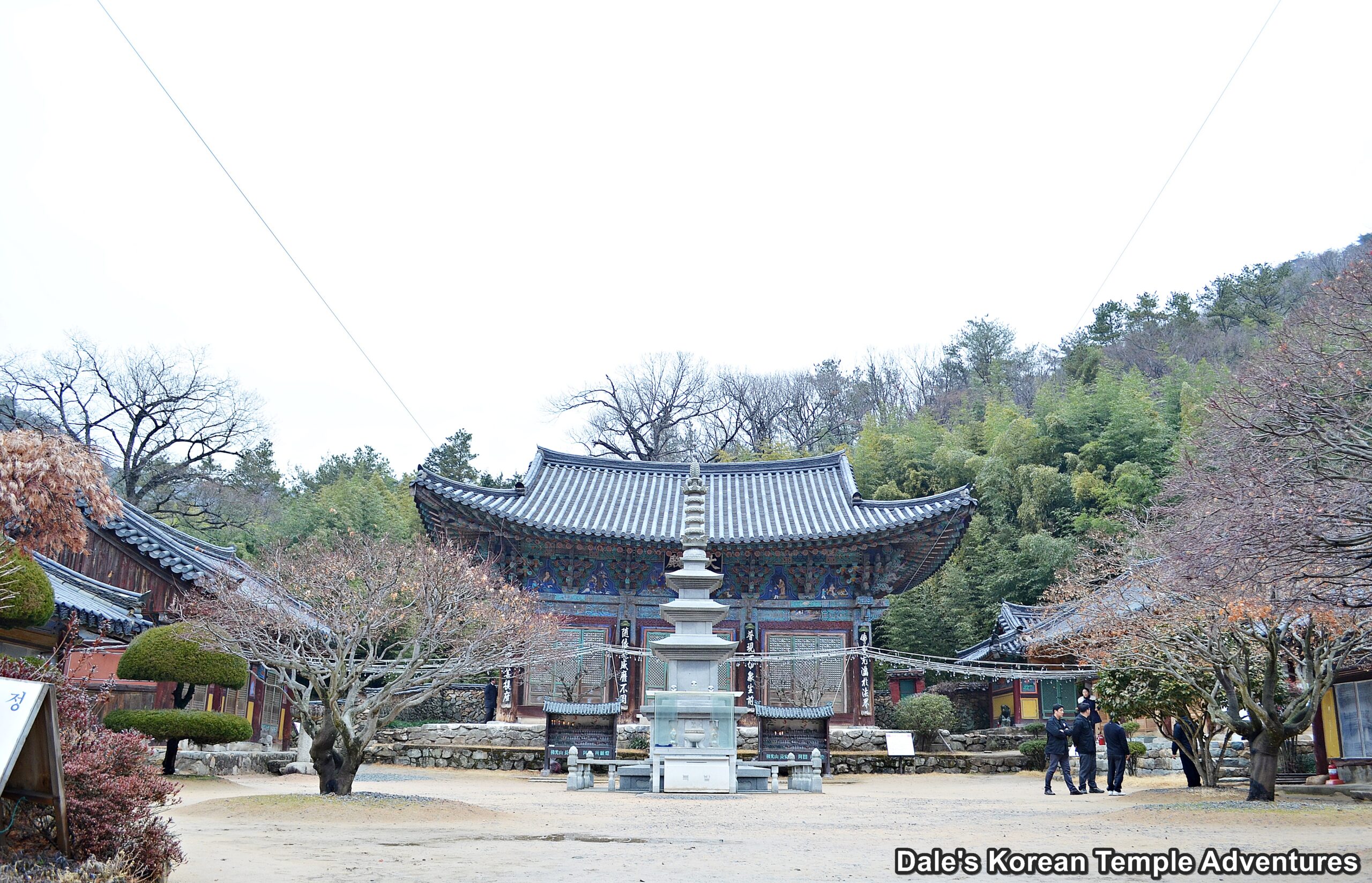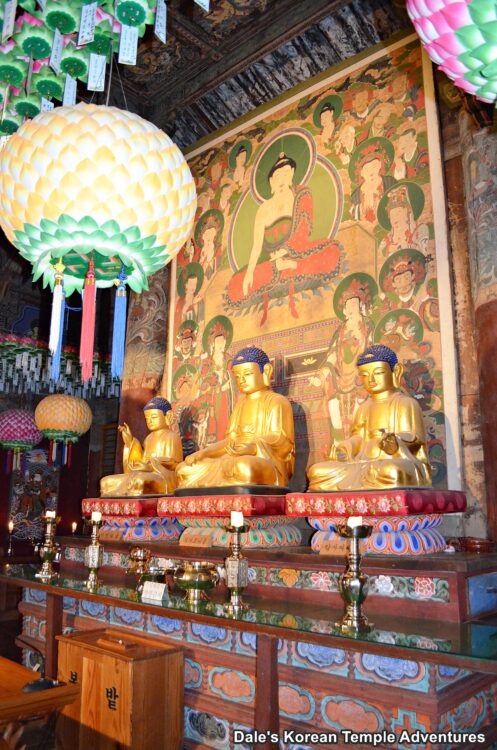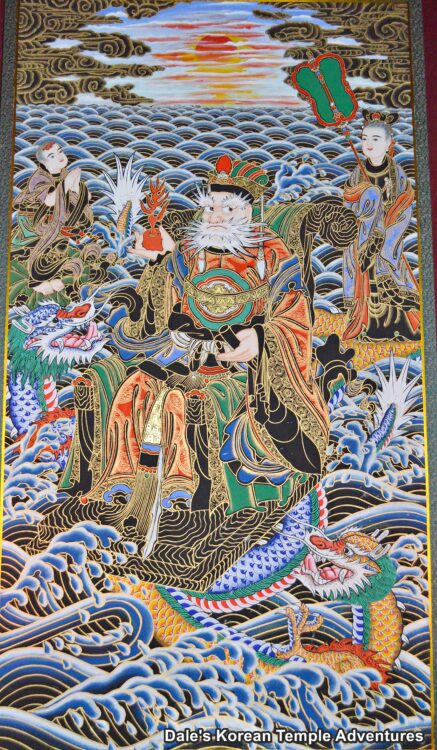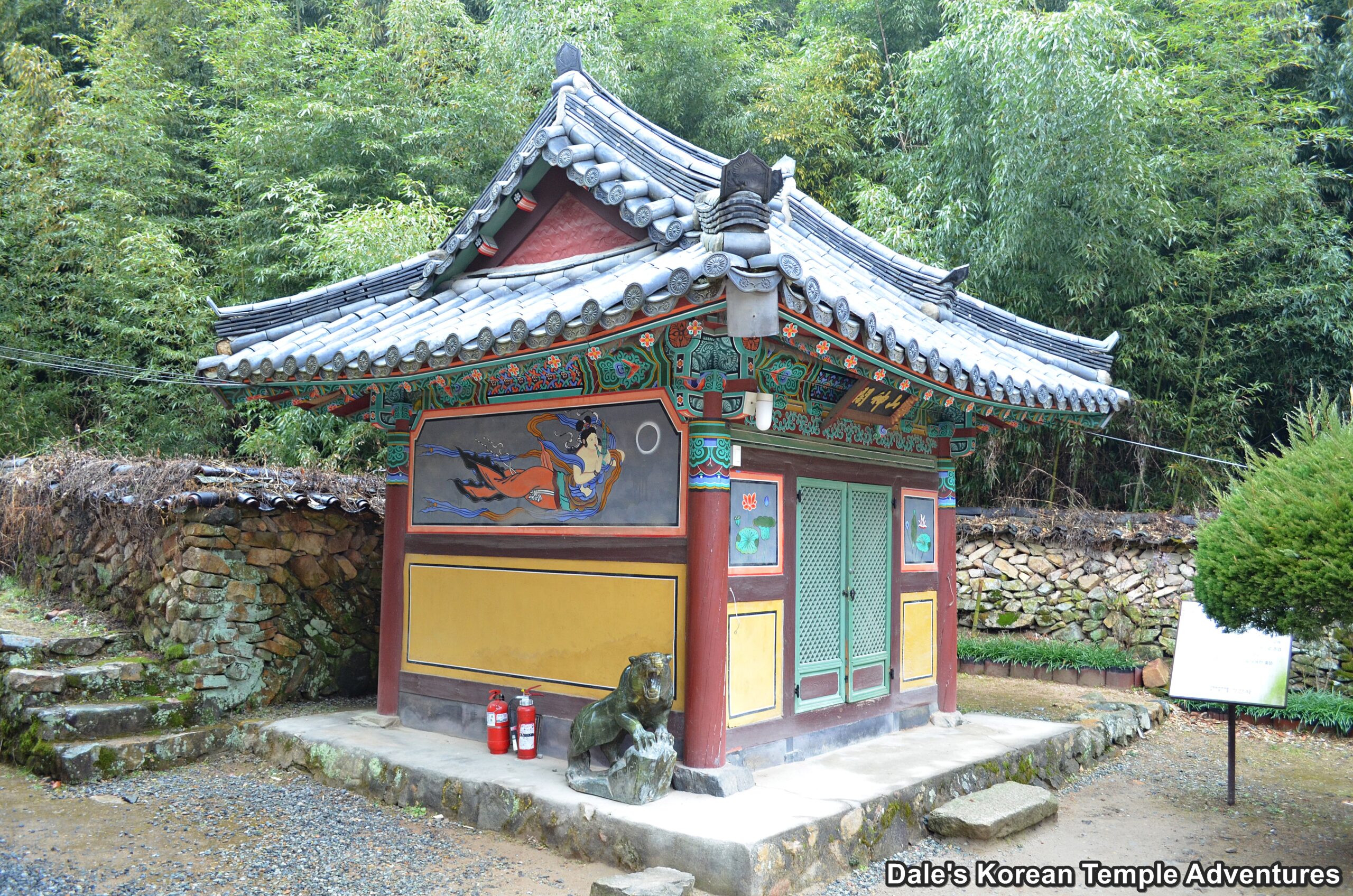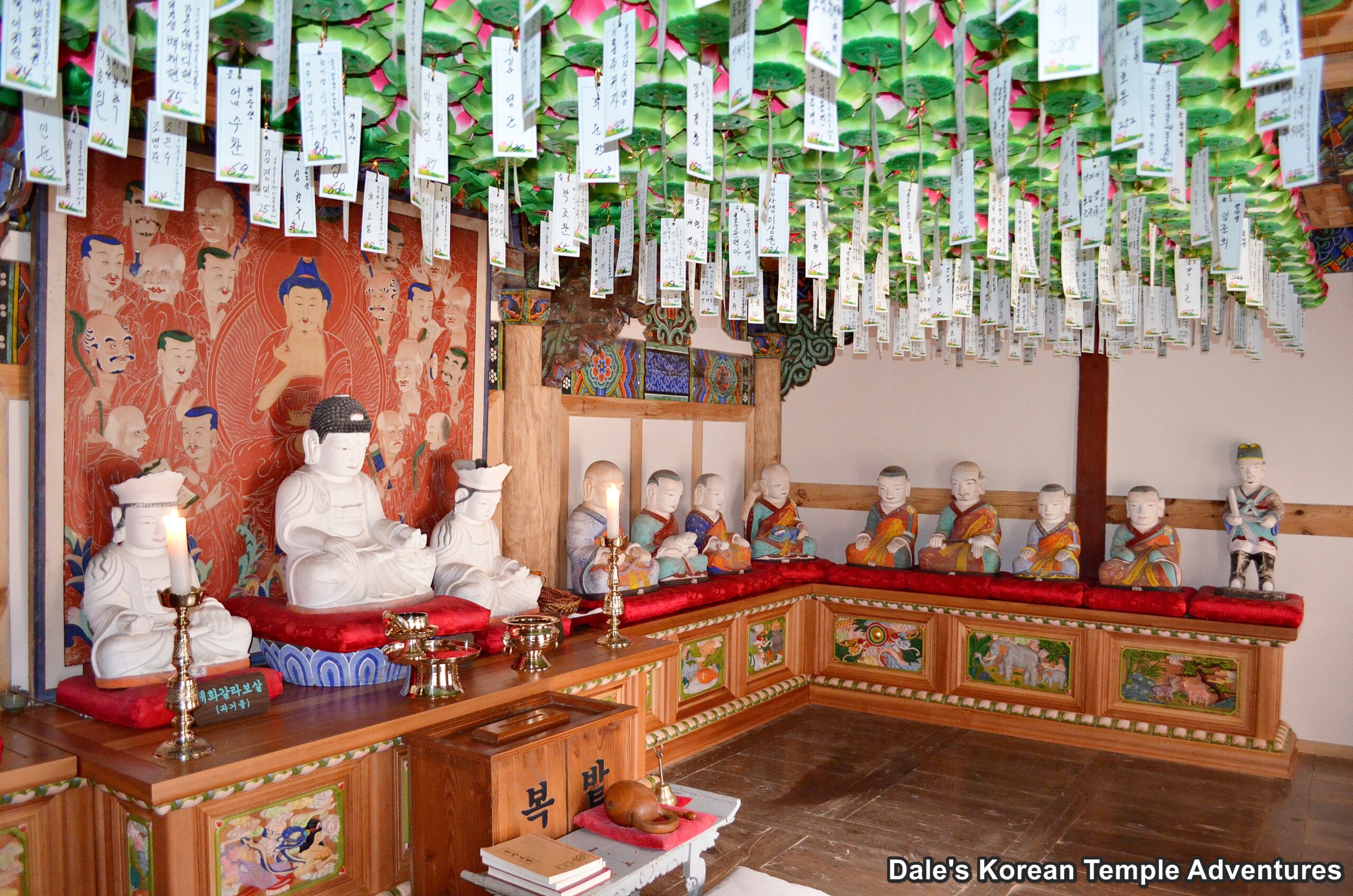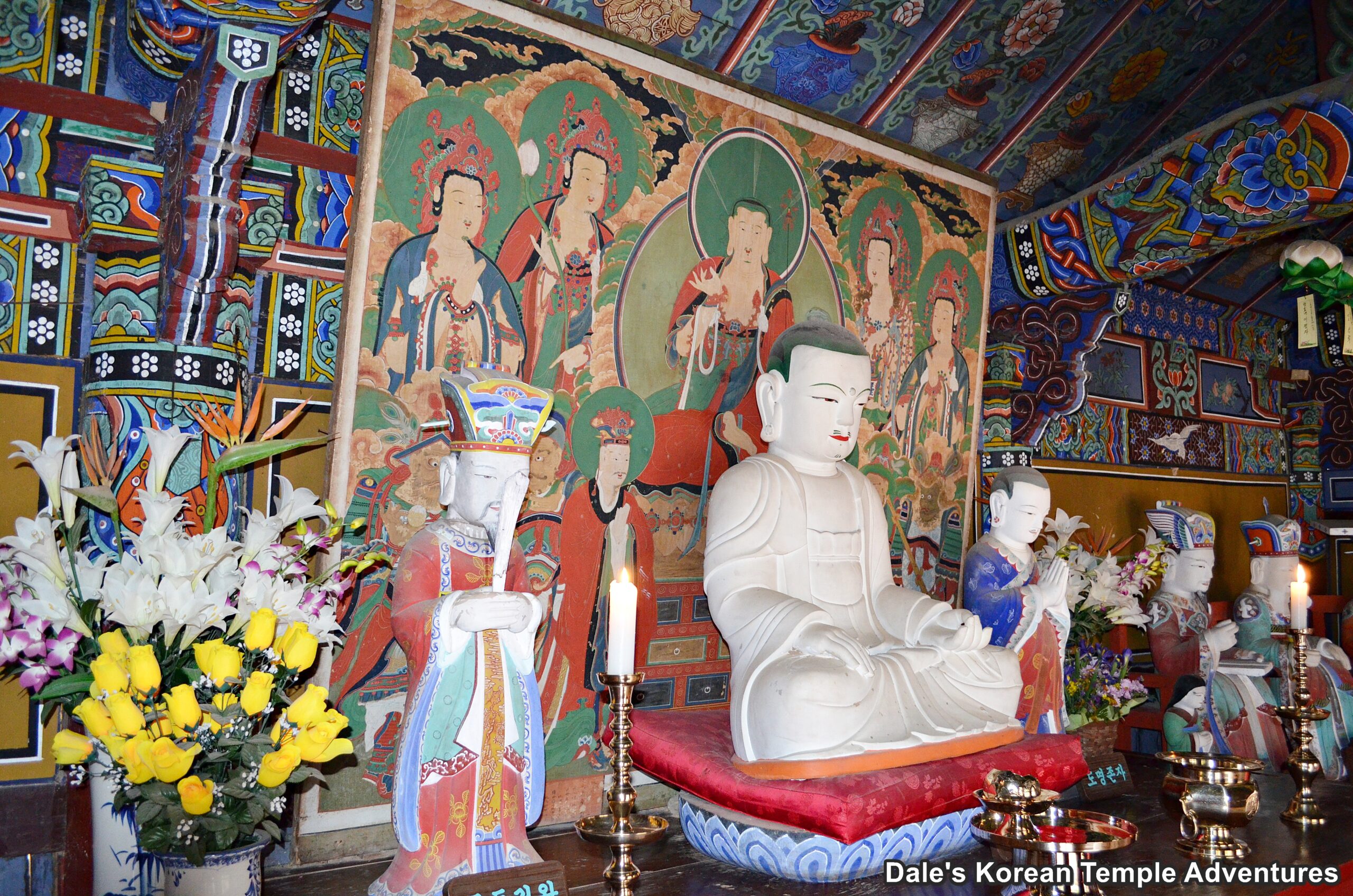Jangansa Temple – 장안사 (Gijang-gun, Busan)
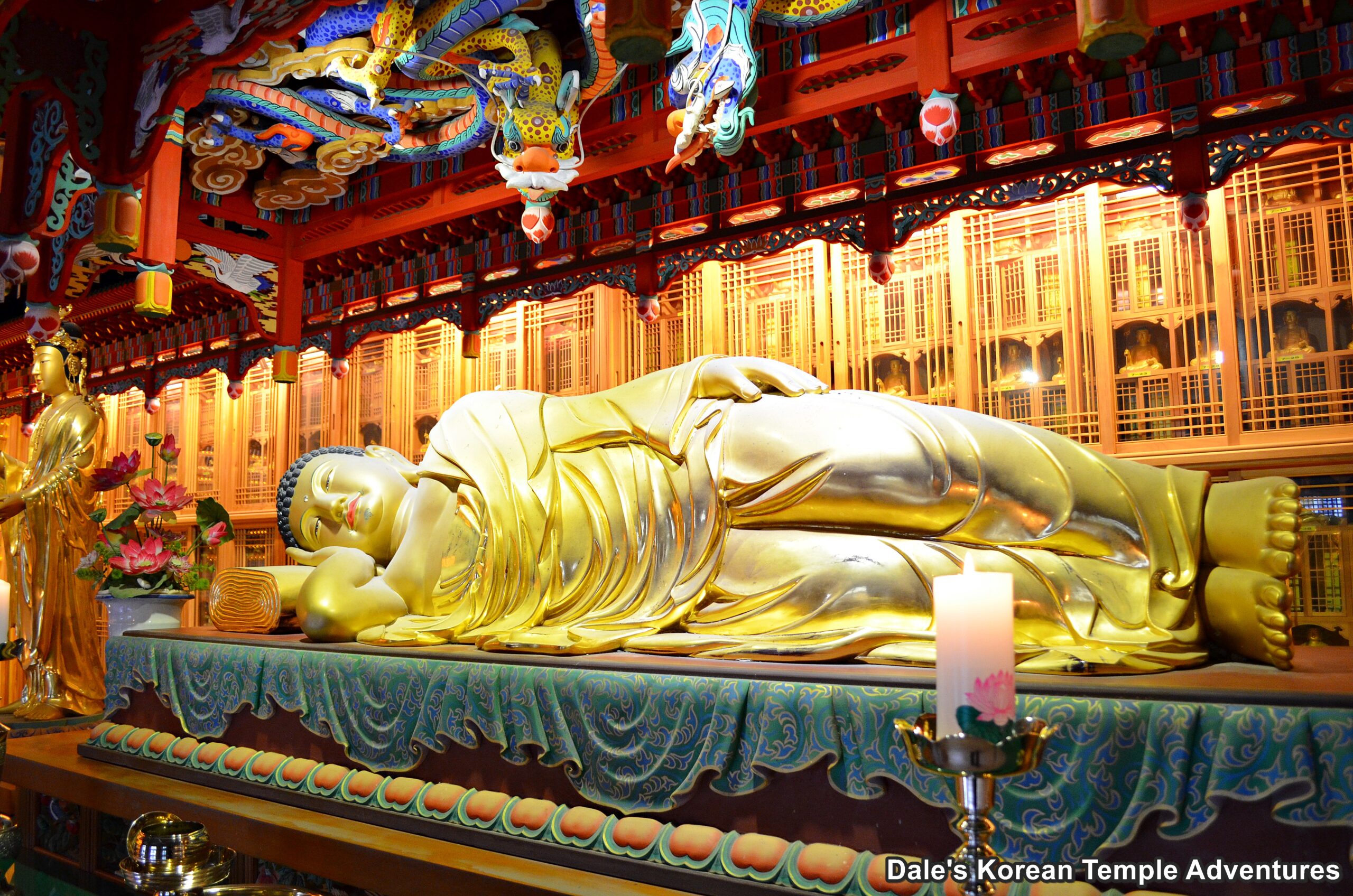
Temple History
Jangansa Temple in Gijang-gun, Busan is located at the foot of Mt. Bulgwangsan (659 m). The name of the temple comes from the local area of Jangan-eup, which is where the temple is located. Specifically, Jangansa means “Inside the Castle Temple” in English. The temple was first founded in 673 A.D. by the famed monk Wonhyo-daesa (617-686 A.D.). At first, the temple was known as Ssanggyesa Temple, which means “Twin Stream Temple” in English. The temple later changed its name to its current name of Jangansa Temple in 809 A.D. after King Aejang of Silla (r. 800-809) visited the temple. In total, and according to records, Wonhyo-daesa built four temples in total in the area. They were Seonyeosa Temple, Chuijeongsa Temple, Anjeoksa Temple, and Jangansa Temple. Of the four, only two still remain: Jangansa Temple and the neighbouring Anjeoksa Temple. Wonhyo-daesa built these four temples to help promote Buddhism in the Silla Kingdom (57 B.C. to 935 A.D.), which had only become the state religion in 527 A.D.
Jangansa Temple was destroyed in 1592 by the invading Japanese during the Imjin War (1592-1598). Jangansa Temple was later reconstructed in 1631 by Uiwal-daesa and later by Taeui-daesa in 1638. The Daeung-jeon Hall at Jangansa Temple was rebuilt in 1654, and it was later repaired in 1948 with a new coat of paint in 1975.
In total, Jangansa Temple is home to two Korean Treasures. In fact, the Daeung-jeon Hall was originally designated Gyeongsangnam-do Monument #118 in 1974. It was re-designated as Busan Metropolitan City Monument #37, when on March 1st, 1995, Gijang-gun was incorporated into Busan. Later, in 2012, the Daeung-jeon Hall was designated Korean Treasure #1771.
Temple Layout
As you first approach Jangansa Temple from the temple parking lot and across a wooden bridge, you’ll be standing in front of a beautiful two-story entry gate. In front of the entryway, you’ll find a pair of Haetae (a mythological creature that consumes fire) on opposite ends of the pathway leading into the temple. The second story of the entry gate acts as the temple’s Jong-ru (Bell Pavilion), while the first floor is the Cheongwangmun Gate. The Four Heavenly Kings inside this gate aren’t statues; instead, they’re four bronze plaques dedicated to the Four Heavenly Kings. And to the left of this entry gate, before entering the main temple grounds, you’ll find a statue of Jijang-bosal (The Bodhisattva of the Afterlife).
Finally having passed through the Cheonwangmun Gate, you’ll be standing squarely in the centre of the large temple courtyard. To your immediate right is a stunning golden statue dedicated to Gwanseeum-bosal (The Bodhisattva of Compassion) inside its own little shrine. And to your left is a jovial Podae-hwasang (The Hempen Bag) statue.
Going up a few stairs, you’ll see the compact Daeung-jeon Hall right in front of you. In front of the Daeung-jeon Hall is a three-story pagoda that’s Busan Monument #37. As for the Daeung-jeon Hall, it’s Korean Treasure #1771. The Daeung-jeon Hall is one of the oldest wooden structures in Busan. It dates back to 1654. The exterior walls of this main hall are distinctly adorned with fifteen Shimu-do (Ox-Herding Murals). This is the first set that I’ve ever seen exceed the traditional ten murals. Sometimes, but rarely, you’ll see just eight, but never fifteen. As for the interior, it’s beautifully decorated with some older murals. Sitting on the main altar are a triad of statues centred by Seokgamoni-bul (The Historical Buddha). This statue is then joined on either side by Amita-bul (The Buddha of the Western Paradise) and Yaksayeorae-bul (The Medicine Buddha, and the Buddha of the Eastern Paradise). This triad is meant to symbolize the Buddhist idea of samsara. As for the triad itself, it’s actually Korean Treasure #1824. The statues were made by a team of monk-sculptors led by the monk Nogwon, who was active during the middle of the 17th century. The statues are made from zeolite, which is a mineral consisting of mainly aluminum and silicon compounds. Zeolite was gaining in popularity at this time in the creation of main altar statues at Korean Buddhist temples. On the far right interior wall of the Daeung-jeon Hall are a pair of paintings. The first, to the left, is a Chilseong (Seven Stars) mural, and the painting to the right is the Shinjung Taenghwa (Guardian Mural). On the far left wall is a gorgeous painting dedicated to Yongwang (The Dragon King).
To the right of the Daeung-jeon Hall is the Sanshin-gak Hall. Inside this shaman shrine hall is an older looking wood-relief dedicated to Sanshin (The Mountain Spirit). The exterior walls to the Sanshin-gak Hall are adorned with disproportionately painted Bicheon (Flying Heavenly Deities) murals. Still to the right of the Daeung-jeon Hall, you’ll find the temple’s Eungjin-jeon Hall. The exterior walls to this hall are adorned with various murals dedicated to the Nahan (The Historical Disciples of the Buddha). Stepping inside the Eungjin-jeon Hall, you’ll see three all-white statues resting on the main altar. In the centre in Seokgamoni-bul. And this statue is joined by Yeondeung-bul (The Past Buddha) to the left and Mireuk-bul (The Future Buddha) to the right. These central statues are joined on either side by sixteen simplistic statues of the Nahan.
To the left of the Daeung-jeon Hall is the Myeongbu-jeon Hall. This hall’s exterior, much like the Sanshin-gak Hall’s exterior, has a collection of disproportionately painted murals of Bicheon (Flying Heavenly Deities). However, inside the Myeongbu-jeon Hall, you’ll find an all-white statue of Jijang-bosal (The Bodhisattva of the Afterlife) on the main altar. This central image is then joined by seated statues of the Siwang (The Ten Kings of the Underworld) on either side.
And behind the Myeongbu-jeon Hall is one of Jangansa Temple’s most beautiful shrine halls: the Geukrak-jeon Hall. Housed inside this shrine hall is a golden interior with a reclining image of Amita-bul (The Buddha of the Western Paradise). The beautiful statue is book-ended by two standing Bodhisattva statues of Gwanseeum-bosal and Daesaeji-bosal (The Bodhisattva of Wisdom and Power for Amita-bul).
How To Get There
The least complicated way to get to Jangansa Temple is by bus. This bus is rather difficult to get to by public transit; but if you take City Bus #181 at Centum City subway station (#206), Haeundae subway station (#203), or the Bexco subway station (#205), you’ll be able to catch a connecting bus to Jangansa Temple. From City Bus #181, get off at the Gijang Sijang station. From here, board Town Bus #9 called a Maeul Bus. From this bus, you’ll be able to arrive at Jangansa Temple.
Overall Rating: 7.5/10
I was pleasantly surprised by what awaited me at Jangansa Temple. I’m not sure what I was expecting, but it definitely exceeded my expectations with the historic Daeung-jeon Hall. Both the interior and exterior of this main hall are beautifully adorned. A couple other highlights are the Geukrak-jeon Hall’s main altar statues and the interior of the Eungjin-jeon Hall. So if you’re in the Gijang-gun part of Busan, Jangansa Temple is definitely worth your time.
